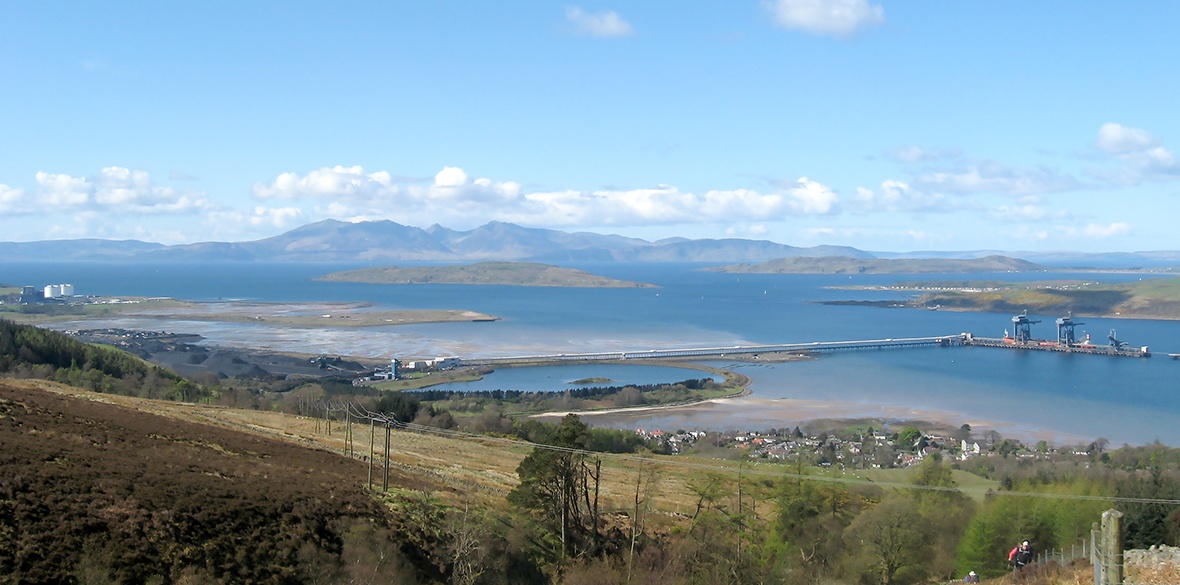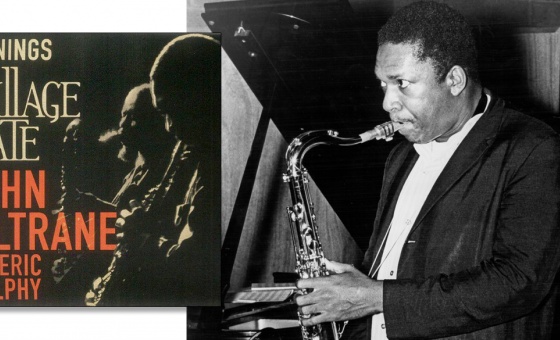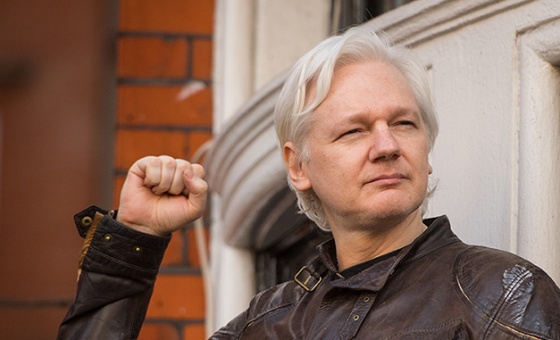This is the last article you can read this month
You can read more article this month
You can read more articles this month
Sorry your limit is up for this month
Reset on:
Please help support the Morning Star by subscribing here
THE NEWS was out, the leaks set, and the tell-tale appearance of the logo-free lectern in the middle of the road in Downing Street was the final, undeniable, sign that we were going to be asked to vote for another government.
I listened to Mr Sunak, but I’ll confess that I really didn’t hear very much; remarkable only in that it somehow managed to rework John Major’s old campaign slogan “yes it hurt, yes it worked” into something even more agonisingly dull and ghoulish.
It was a cruel irony that those of us remote from the whole farce could hear every word on the television or radio, while those in Downing Street were spared the content.
Those hanging on the Prime Minister’s every word at the scene found those words hard to come by as someone — presumably some sort of a Blair cosplayer — was blasting “Things can only get better” from a speaker at the end of the road.
When we and the government were finally put out of our collective misery and Mr Sunak turned to walk back into No 10, some commentators speculated as to whether he could even hear his own words, while others even went as far as to say they felt sorry for the billionaire Prime Minister who finished his rain-soaked speech looking — as my Granny would have said — like a drowned rat.
Without any content to work with, they resorted to phrases like “terrible optics” and questioning why someone hadn’t come to his aid with an umbrella.
Next, we swung over to Labour leader Keir Starmer, who stood in a dry, well-lit room festooned with union flags (no, of course not that kind!), and said some things about stuff.
I’ve been trying without success to see if I can remember any aspect of that speech without cheating with a well-known internet search engine. Nothing.
All that remains in my memory is that the word “CHANGE” was etched across his podium — I’ve yet to decide whether it is a threat, promise, or a command.
Scottish political twitter (formerly known as hell) soon lit up to cries of indignance that Mr Sunak dare call an election during Scottish school holidays, a “slap in the face for Scotland,” apparently.
That afternoon though, I refused to take the bait and headed down the Clyde coast in search of photographs and a few memories.
The days preceding had been a bit of heatwave by Scottish standards, I understand this is a low bar, but it was dry and there was an unidentified huge yellow orb in the sky. Unfortunately by the time we got to Fairlie a rain that would not halt for two days had begun, but I nonetheless dragged my teenage daughter out for a walk — character-building.
I imagined the campaigns whirring into life across the country as we got out of the car and wandered along a path with a huge banking on one side and the rain-dappled Firth of Clyde on the other.
As we walked along the spit into the sea, I found myself turning into a sort of a tour guide, pointing out the size of the rocks sitting in the shallows below us. When I told her that those rocks didn’t belong there, she did her best to show interest.
They were put there in the 1970s, not as some sort of scheme to prevent flooding, but as part of decades of well-hidden state investment in an area that barely appears in any imagination of Scottish industry.
The British Steel Corporation reclaimed land from the sea and built a mile long-jetty to allow the largest of ships to dock and have their cargo loaded onto a two-mile conveyor-belt and loaded onto waiting mile-long British Rail trains which shook town after town on their 40-mile journey to feed the vast Ravenscraig Steelworks in Lanarkshire.
While the neighbouring nuclear power stations send out a glow visible from the coast road of an evening, I’m sure thousands spend their lives driving along the A78 every day without the slightest inkling of what once stood there, or what the strange structure crossing the road which housed the conveyor belt actually did.
A vast site, or huge national importance, even now, all built by the state in the names of you and I, and not one bit of it still in our ownership.
Hunterston B nuclear power station is still operating and now owned by the French state in the form of EDF, while the former British Steel site and adjacent fabrication yards have been flogged to Peel Ports along with the rest of what used to be Clydeport.
The ore terminal, with its huge cranes and plant stripped away and sold to the highest bidder now sits awaiting its fate. All sorts of ideas have come forward from undersea cable fabrication to housing, and wind turbine tests to their manufacture, but as things stand nature is slowly reclaiming it.
From behind a fence warning us to stay out of private property, there are still rails by the branch-line that looped into the site bearing the BSC mark, rusting in the sea air and the driving rain. We wondered how long they had been there and if they would ever shift again.
As much as I enjoyed the sound of birdsong on that walk in the woods grown on the grassy banks built to shield the gentile folk of Fairlie from having to countenance industry, there was an overwhelming sense of waste.
Did the workers who put that rail down really believe it would still be there, unused, decades on? I would guess not, but decisions made in far off places by people with little regard or understanding of its value mean it’s going nowhere any time soon.
When the ore terminal was opened in 1979, Britain was on the cusp of sweeping changes which would lionise the asset-stripper, and embed both planned and unplanned neglect on industry and worker alike as the cornerstone of governance.
After 14 years of Tory misrule, I can well understand why Labour would want to talk about change, even Tories who have done rather nicely out of the fire-sale of our assets over recent decades have grown tired with their party’s rudderless leaderships and have frankly got fed-up looking at the same faces.
If letting nature take its course on old industrial sites can have its benefits, continuing to allow neglect to deliver change just won’t cut it any more.
Governments may have got away with it when there were fake economic booms built on the flogging-off of state assets, but in 2024 there is precious little left to sell.
The question is never whether change will happen, but whether that change works for the many. Should we continue to be dragged lifeless and limp into the 21st century with our education system on its knees, with a Labour government blushing with embarrassment at the mere mention of building anything?
The days when we reclaimed might be over, but what was built at Hunterston and beyond showed the capacity of governments to forge otherwise unimaginable changes, to show endeavour and ambition.
The next Labour government will have some big decisions to make, from defence, to health and transitioning away from fossil fuels.
Unless Labour rejects the idea that governments are mere flotsam and jetsam on the seas of the market and makes plans to put peace and justice for workers at the heart of those decisions, it risks proving the old adage correct — the more things change, the more they stay the same.
Want some real change?
Implore governments to create and not destroy.











